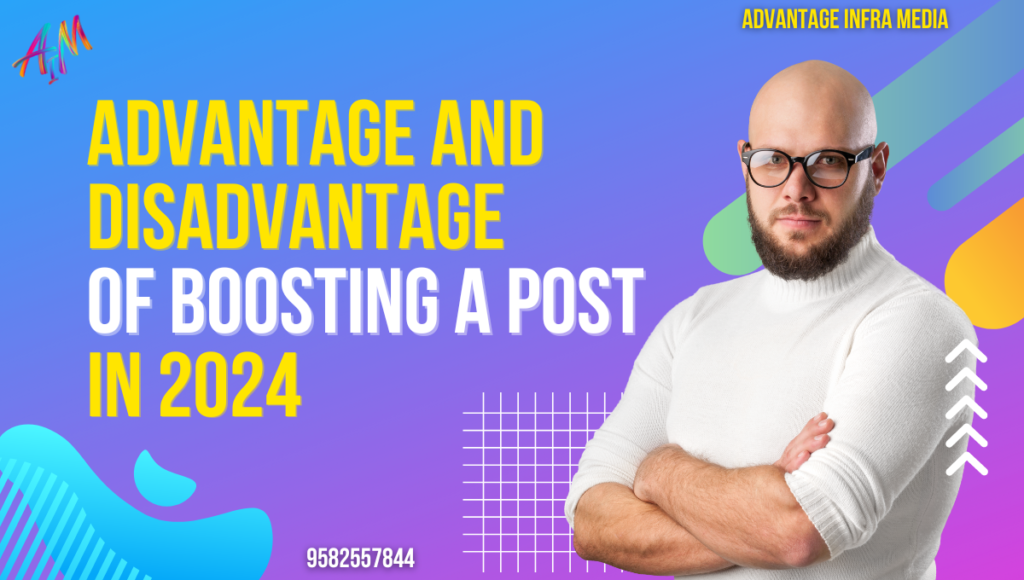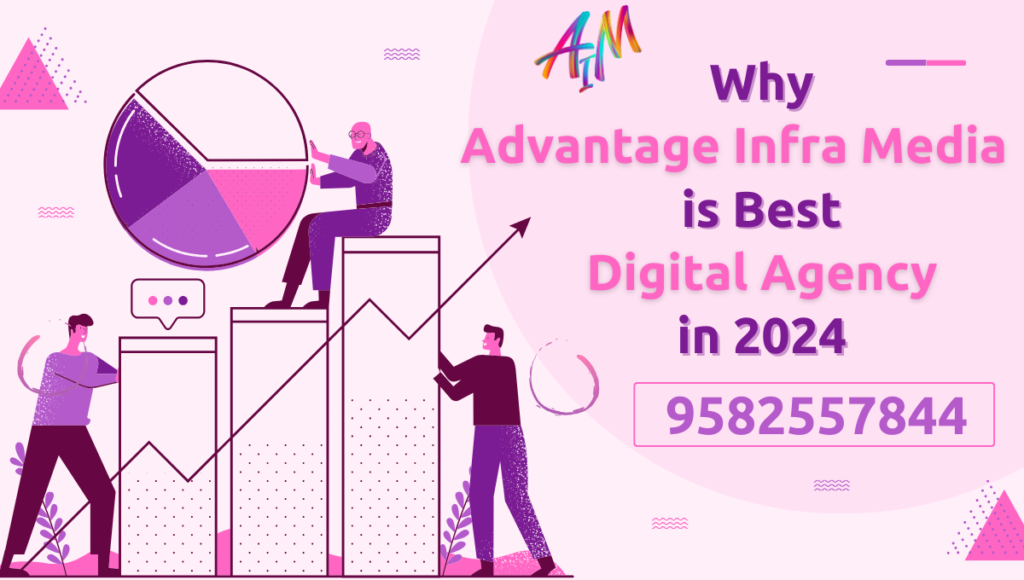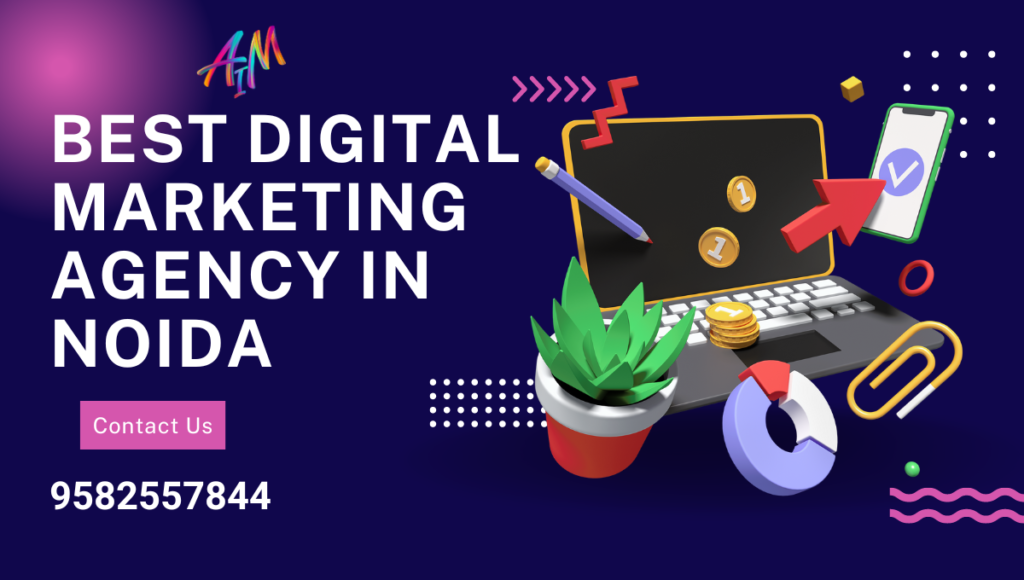The Advantages and Disadvantages of Boosting a Post in 2024
Introduction
In the ever-evolving world of social media, businesses and content creators are constantly seeking ways to increase their reach and engagement. One popular method is boosting a post, a paid promotion option offered by platforms like Facebook, Instagram, and LinkedIn. While boosting can amplify the visibility of a post, it comes with its own set of pros and cons. In this comprehensive guide, we will delve into the advantages and disadvantages of boosting a post, helping you make an informed decision for your social media strategy. (The Advantages and Disadvantages of Boosting a Post in 2024)
Advantages of Boosting a Post
-
Increased Visibility
Boosting a post significantly enhances its visibility, extending its reach far beyond your existing followers. This increased visibility can be particularly beneficial for new businesses or those looking to expand their audience. By putting your content in front of a larger and potentially more diverse audience, you can achieve several key outcomes: (The Advantages and Disadvantages of Boosting a Post in 2024)
- Reach a Larger Audience: Boosting a post ensures that your content is seen by more people, including those who do not follow your page. This can be particularly useful for reaching potential customers who may not have discovered your brand organically.
- Enhanced Engagement: With a broader audience comes the potential for higher engagement rates. More likes, comments, and shares not only increase the visibility of your post but also improve your page’s overall engagement metrics, which can positively influence future organic reach.
- Algorithm Boost: Social media platforms often favor posts with higher engagement. By boosting a post and driving more interactions, you can potentially improve its ranking in users’ feeds, increasing its organic reach even further.
-
Targeted Advertising
One of the standout features of boosting a post is the ability to precisely target your audience. Social media platforms offer robust targeting options that allow you to tailor your boosted posts to specific demographics, interests, and behaviors. This ensures that your content reaches the people most likely to engage with it and become customers. (The Advantages and Disadvantages of Boosting a Post in 2024)
- Audience Segmentation: Platforms like Facebook and Instagram provide detailed targeting options, allowing you to segment your audience based on factors such as age, gender, location, interests, and more. This helps you reach the most relevant audience for your content.
- Geographical Targeting: For businesses with a local focus, geographical targeting is invaluable. You can specify the regions or cities where you want your boosted post to appear, ensuring that your content is seen by potential customers in your area.
- Behavioral Targeting: Advanced targeting options include behaviors, such as purchasing patterns or device usage, enabling you to reach audiences based on their online activities.
-
Cost-Effective
Boosting a post is often seen as a cost-effective way to enhance your social media presence. Compared to traditional advertising methods, boosting a post can be more affordable and provide a better return on investment (ROI). (The Advantages and Disadvantages of Boosting a Post in 2024)
- Budget Flexibility: You can set your budget according to your financial capacity, making boosting accessible to businesses of all sizes. Whether you want to spend a small amount to test the waters or allocate a larger budget for a major campaign, you have the flexibility to control your spending.
- ROI Tracking: Most social media platforms provide detailed analytics and insights for boosted posts. You can track metrics such as reach, engagement, and conversions, allowing you to measure the effectiveness of your campaigns and adjust your strategy as needed.
- Cost per Engagement: Boosted posts can offer a lower cost per engagement compared to other advertising methods, especially when targeting a well-defined audience. This makes it an efficient way to drive interactions and increase brand visibility.
-
Quick and Easy
Boosting a post is designed to be a user-friendly and straightforward process. This simplicity makes it an attractive option for businesses that may not have the time or resources to invest in more complex advertising strategies. (The Advantages and Disadvantages of Boosting a Post in 2024)
- Simplified Process: Unlike setting up a full-fledged ad campaign, boosting a post requires minimal effort. With just a few clicks, you can select your audience, set your budget, and schedule your post. This ease of use makes it accessible to users of all skill levels.
- Instant Results: Boosted posts can yield immediate results. As soon as your boost is approved, your post begins to reach a wider audience, providing quick visibility and engagement. This is particularly useful for time-sensitive promotions or announcements. (The Advantages and Disadvantages of Boosting a Post in 2024)
- No Additional Assets Needed: Unlike some advertising campaigns that require the creation of new assets, such as images or videos, boosting a post uses existing content. This saves time and resources while still achieving the desired reach.
-
Increased Brand Awareness
Boosting a post can play a significant role in building and reinforcing your brand’s presence on social media. By consistently promoting your content, you can enhance brand recognition and establish a stronger connection with your audience. (The Advantages and Disadvantages of Boosting a Post in 2024)
- Building Recognition: Regularly boosting posts helps keep your brand top-of-mind for your audience. Over time, this increased exposure can lead to better brand recall and loyalty.
- Content Amplification: Boosting allows you to highlight specific content, such as promotions, events, or important announcements, ensuring they get the attention they deserve. This can be particularly effective for driving attendance at events or increasing participation in promotions.
- Brand Storytelling: By strategically boosting posts that align with your brand’s message and values, you can effectively tell your brand’s story. This helps create a cohesive and compelling brand narrative that resonates with your audience.
Disadvantages of Boosting a Post
-
Cost Accumulation
While boosting a post can be cost-effective, it’s important to be mindful of the potential for costs to accumulate over time. Frequent promotions can lead to significant expenses, especially if not managed carefully. (The Advantages and Disadvantages of Boosting a Post in 2024)
- Ongoing Expense: Boosting posts regularly can become expensive, particularly for small businesses with limited budgets. It’s essential to monitor your spending and ensure that the benefits justify the costs.
- Diminishing Returns: Without a strategic approach, the effectiveness of boosted posts can diminish over time. If your content isn’t resonating with your audience, you may see lower engagement rates despite increased spending.
- Opportunity Cost: Money spent on boosting posts could potentially be invested in other marketing strategies that may offer a higher return. It’s important to weigh the benefits of boosting against other options.
-
Limited Customization
Boosted posts often lack the advanced customization options available in full ad campaigns. This limitation can restrict your ability to tailor ads to specific goals and optimize their performance. (The Advantages and Disadvantages of Boosting a Post in 2024)
- Basic Advertising Options: Boosted posts typically offer fewer options for customization compared to ads created through a platform’s ad manager. This can limit your ability to optimize for different objectives, such as conversions or lead generation.
- Reduced Control: The simplicity of boosting can limit your control over critical factors such as ad placement, timing, and bidding strategies. This can make it challenging to achieve the same level of precision and effectiveness as more advanced campaigns.
- Standard Formats: Boosted posts generally adhere to standard ad formats, which may not always be the most effective for your specific goals. Custom ad formats, available through more advanced campaigns, can provide greater flexibility and impact.
-
Potential for Ad Fatigue
Ad fatigue occurs when your audience becomes desensitized to your content due to frequent exposure. This can result in lower engagement rates and diminished effectiveness of your boosted posts. (The Advantages and Disadvantages of Boosting a Post in 2024)
- Audience Overexposure: Constantly boosting posts can lead to ad fatigue, where your audience starts to ignore your content. This can be particularly problematic if you’re targeting the same audience repeatedly.
- Negative Perception: Overexposure can create a negative perception of your brand. Users may view your frequent promotions as intrusive or spammy, which can harm your brand’s reputation and lead to disengagement.
- Content Relevance: To mitigate ad fatigue, it’s crucial to ensure that your boosted posts remain relevant and engaging to your audience. Rotating your content and targeting different segments can help maintain interest and engagement.
-
Dependency on Algorithms
Social media algorithms play a significant role in determining the visibility and performance of your boosted posts. Changes to these algorithms can impact the effectiveness of your campaigns. (The Advantages and Disadvantages of Boosting a Post in 2024)
- Algorithm Changes: Social media platforms frequently update their algorithms, which can affect how your boosted posts are displayed and who sees them. Staying informed about these changes is essential to maintaining campaign effectiveness.
- Platform Dependency: Relying heavily on boosting ties your success to a particular platform. If the platform’s policies or popularity change, your strategy may need to adapt. Diversifying your marketing efforts can help mitigate this risk.
- Organic Reach Impact: Over-reliance on boosted posts can also affect your organic reach. If your audience becomes accustomed to seeing your content only through paid promotions, your organic posts may see lower engagement.
-
Short-Term Gains
While boosting a post can provide quick visibility and engagement, these benefits are often short-lived. To maintain momentum, continuous investment is required. (The Advantages and Disadvantages of Boosting a Post in 2024)
- Temporary Boosts: The visibility and engagement gained from boosting are typically temporary. Once the boost ends, your post’s reach and engagement may decline, necessitating further boosts to maintain performance.
- Lack of Long-Term Strategy: Relying solely on boosting without a comprehensive social media strategy can hinder sustainable growth. It’s important to integrate boosted posts into a broader strategy that includes organic efforts and long-term planning.
- Content Quality: Continuous boosting can mask the need for high-quality content. Focusing on creating valuable, engaging content should be a priority, with boosting used as a supplementary tactic.




